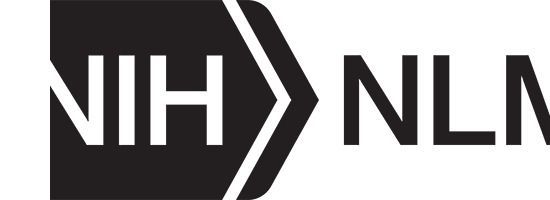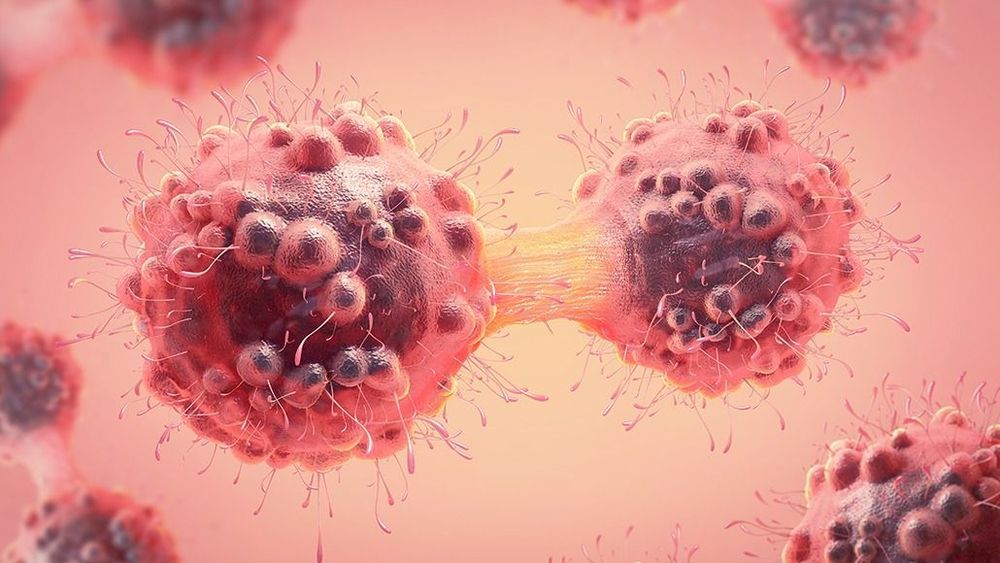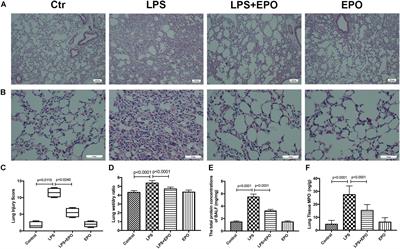
Worth having a look, who knows.
Cytokines and chemokines are thought to play an important role in immunity and immunopathology during virus infections [3]. Patients with severe COVID-19 have higher serum levels of pro-inflammatory cytokines (TNF-α, IL-1 and IL-6) and chemokines (IL-8) compared to individuals with mild disease or healthy controls, similar to patients with SARS or MERS. The change of laboratory parameters, including elevated serum cytokine, chemokine levels, and increased NLR in infected patients are correlated with the severity of the disease and adverse outcome, suggesting a possible role for hyper-inflammatory responses in COVID-19 pathogenesis. Importantly, previous studies showed that viroporin E, a component of SARS-associated coronavirus (SARS-CoV), forms Ca2C-permeable ion channels and activates the NLRP3 inflammasome. In addition, another viroporin 3a was found to induce NLRP3 inflammasome activation. The mechanisms are unclear.
Colchicine, an old drug used in auto-inflammatory disorders (i.e., Familiar Mediterranean Fever and Bechet disease) and in gout, counteracts the assembly of the NLRP3 inflammasome, thereby reducing the release of IL-1b and an array of other interleukins, including IL-6, that are formed in response to danger signals. Recently, colchicine has been successfully used in two cases of life-threatening post-transplant capillary leak syndrome. These patients had required mechanically ventilation for weeks and hemodialysis, before receiving colchicine, which abruptly restored normal respiratory function and diuresis over 48 hrs [4].
Continue reading “Colchicine Efficacy in COVID-19 Pneumonia” »


















